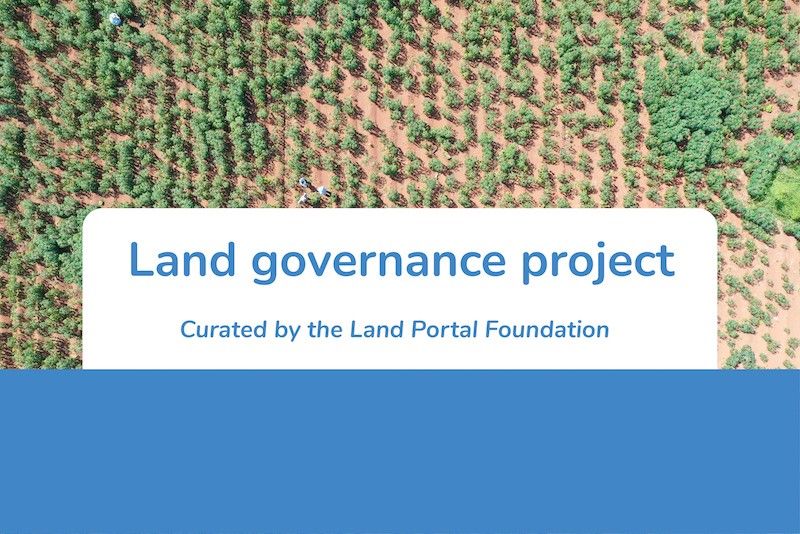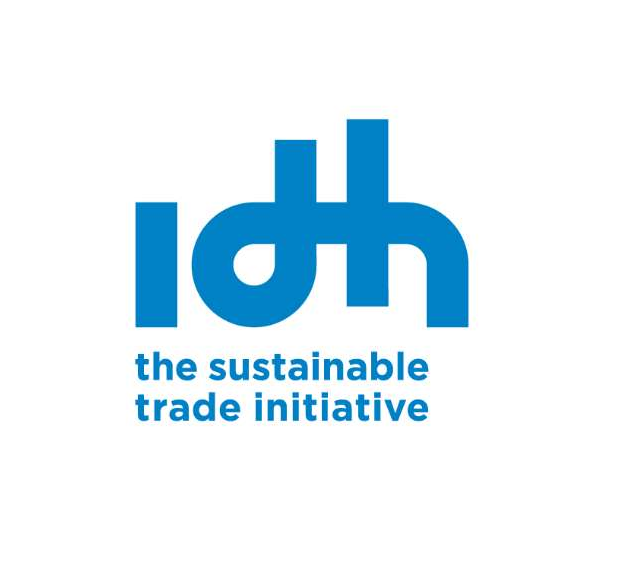Community / Land projects / Working Landscape Indonesia
Working Landscape Indonesia

€0
01/19 - 12/23
Completed
This project is part of
Implementing Organisations
Donors
Data Providers
General
Introduction Ketapang and Kayong Utara are adjacent districts, covering 3,500,000 hectares in the province of West Kalimantan, Indonesia. Over the past 20 years, the landscape in Ketapang and Kayong Utara (referred to as the K-KU landscape below), has experienced massive degradation, mostly due to the expansion of oil palm monoculture plantations on forested lands, including peatlands. Conversion and degradation of peatlands is particularly problematic, because of their high carbon content and susceptibility to fire. Peat fires present a significant source of CO2 emissions and haze. The area under independent smallholder oil palm plantations has also increased rapidly and this presents additional challenges in the landscape, due to uncontrolled growth and unsustainable practices. Overall, oil palm expansion has led to conversion, degradation and fragmentation of forests, with severe consequences for biodiversity, including the endangered Bornean orangutan (Pongo pygmaeus wurmbii). Natural resource governance in both districts is poor, and existing policies, regulations and multi-stakeholder processes do not function effectively. The participation of local communities in land-use decision making processes is limited. Like in many areas in Indonesia, unclear land tenure contributes to poor landscape governance; many communities experience tenure insecurity, and conflicts over tenure are common. The K-KU landscape reflects what is happening in many other parts of Indonesia; poor governance allows for the establishment of large-scale oil palm plantations at the expense of forest and peat areas, followed by uncontrolled expansion of smallholders. Through our work in partnership with various landscape actors, we aim to contribute to a climate smart K-KU landscape, while also providing a model of climate-smart landscape development that can be applied in other areas of Indonesia. We envision a climate smart K-KU landscape, where deforestation is halted, degraded peatlands are restored and managed sustainably, and the remaining patches of forest are connected by ecological corridors. Smallholders maintain or adopt agroforestry practices, using indigenous species for wet or rewetted peatlands. Oil palm plantations, both large-scale and small-scale, are governed under zero-deforestation principles and are managed sustainably. Land-use planning and decision making are based on participatory, inclusive and bottom-up processes, and consistently promote climate-smart approaches. Facilities such as well functioning Village Business Units effectively support Smallholder farmers and Small and Medium Enterprises (SMEs) for their climate-smart practices and practices that promote trees in the landscape.
Objectives
Building on promising local initiatives we will develop models for improved practices in the K-KU landscape, providing options for local stakeholders to achieve a climate-smart landscape. Simultaneously, we will develop joint efforts with actors and organizations at the sub-national and national level, to improve policies and regulations, mainstreaming and upscaling the models. In the programme, we will work on three main pathways to achieve climate-smart landscapes. 1. First, the way oil palm estates are integrated in the broader landscape must improve and their contribution to deforestation must stop. We will demonstrate that oil palm plantations can be combined with effective protection and connection of High Conservation Value (HCV) and High Carbon Stock (HCS) areas. 2. Second, further degradation of peatlands must be stopped and reversed, through the effective community-based protection and sustainable management of peatland areas. This requires income-earning models that link peatland conservation and restoration with sustainable development. Villages and communities need to be supported to protect carbon stocks under the Indonesian NDC, and to use the income as incentive to strengthen community-based peat-swamp forest protection and peatland-adapted agriculture, where local men and women farmers adopt wet-peatland species to restore degraded peatland areas. 3. Third, land use by local communities (small-scale oil palm plantations, agroforests, community forests) should not cause further degradation, and new livelihood options should be developed through sustainable management and restoration.


